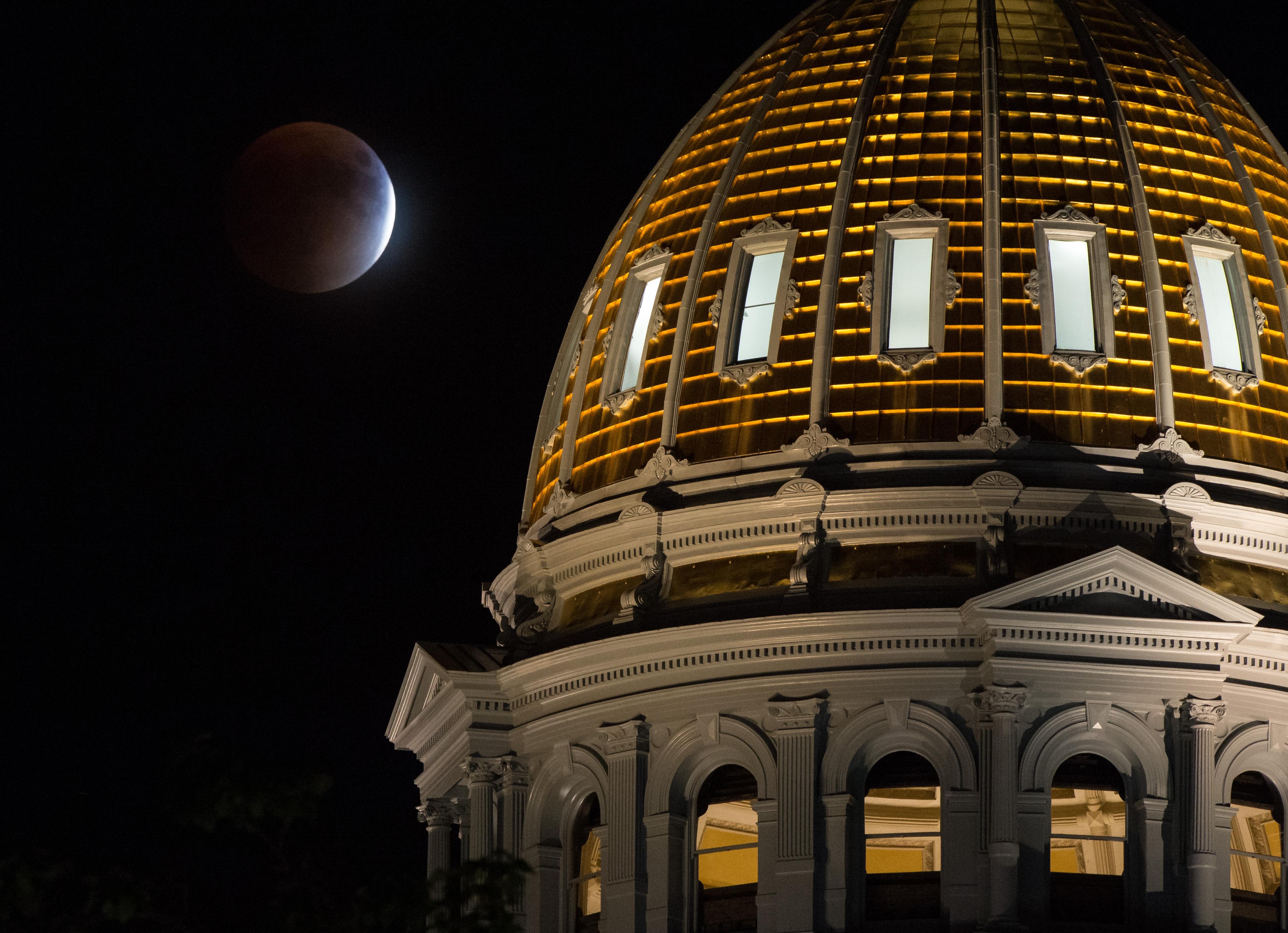
April’s full moon, known as “the pink moon” is expected to be the largest full moon this year. And it peaks — and peeks — Tuesday night.
The moon won’t actually be pink. The moniker is linked to the color’s association with spring.
The moon orbits the Earth in an elliptical shape. This means as the moon orbits, it comes closer to the Earth and farther away, depending on the month. When it’s closer in that elliptical shape, the moon appears larger. The pink moon is the "largest" supermoon of the year because it is 1. full, and 2. happening when the moon is closest to Earth. Full moons occur whenever the side of the moon facing the earth (it's always the same side) is getting full sun.
Professor Grant Denn is the Chair of the Physics Department at the Metropolitan State University of Denver. Denn said Tuesday's supermoon will be about 30 percent brighter than average.
“The best time to see it is right at sunset,” Denn said. “If you look east, you’ll be able to see it rising on the horizon.”
Every year, there are about 12 to 13 full moons (depending on the year) and all of them have a name. According to Denn, it takes about 29 days to get from one full moon to another.
“That’s where we actually get the term months,” he said. “It used to be called moonths.”








